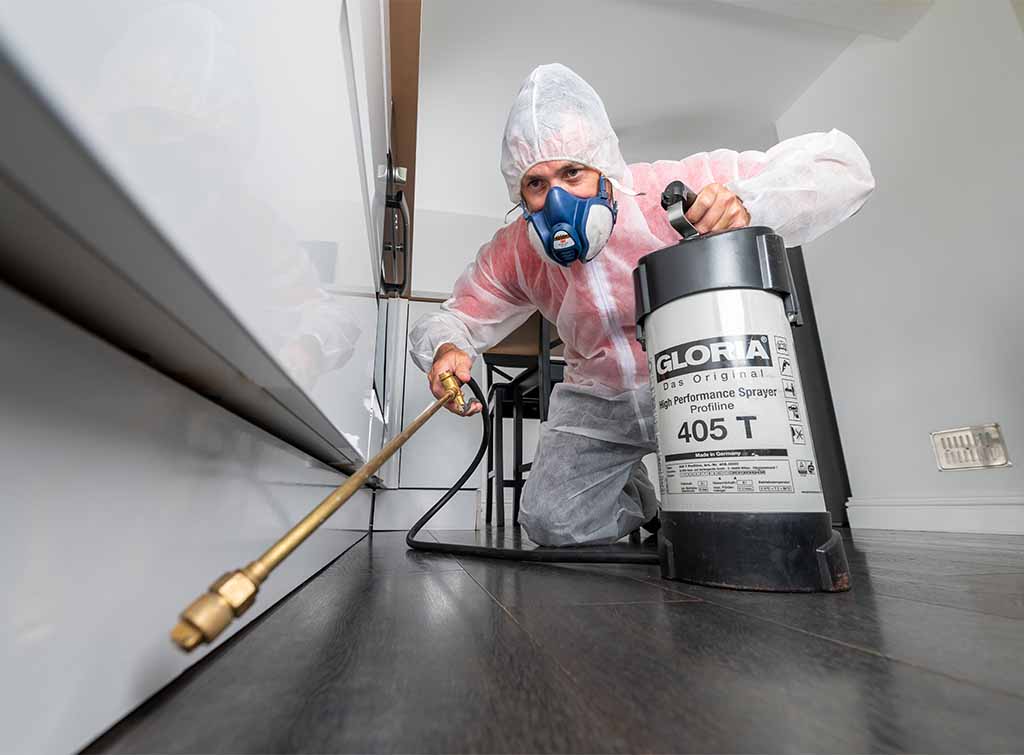Apartment Moving Company requires careful planning and preparation. It’s best to begin the process early — ideally several weeks before your move-in date.
This allows you to give notice to your current landlord and research apartments for rent nearby. It also gives you a chance to sort through your possessions and donate items you no longer need.

The packing process is often time-consuming, so it’s best to start early. It is also wise to create a room-by-room checklist to help you keep track of your progress and stay organized. You’ll want to start by packing non-essential items, such as seasonal clothing, decor, and infrequently used kitchenware. This will give you more time to focus on essentials as the moving day gets closer.
As you pack, try to be creative and efficient. For instance, use clothing, towels, and blankets to protect fragile items instead of purchasing expensive packing materials. Vacuum seal bags are also a lifesaver when it comes to packing clothes and bedding. These bags compress items, allowing you to fit more into each box, saving time and space.
You’ll also want to make sure you have plenty of sturdy cardboard boxes, tape, and markers on hand. Save money on supplies by repurposing items you no longer use, shopping at discount stores, or borrowing supplies from friends and family members. You’ll also want to consider the amount of weight you’re going to be moving, as this will determine the size of your rental truck or how much you will pay for movers.
It’s also a good idea to get rid of any clutter or unwanted belongings before the move, whether it be by selling or donating them. Even small apartments tend to accumulate a lot of stuff over time. The rule of thumb is that if you haven’t used an item in the last year, it’s probably time to let go.
Organize and label each box before the movers arrive. This will help them quickly and easily find what they’re looking for and will prevent any confusion. Labeling boxes is especially important if you have roommates who are also moving out of the apartment, as this will help everyone coordinate who takes what.
You’ll also want to walk through the apartment with your landlord before the movers arrive, taking photos and making notes about any scratches in the paint or marks on the carpet. This will be helpful when it comes to getting your security deposit back.
Cleaning
Whether you are moving into your first apartment or your old one, the move-in cleaning process is essential to keeping an apartment tidy. Clutter can hide dust and dirt, trap pests, and make rooms look unkempt. The best way to keep your apartment clean is to follow a regular cleaning schedule. Start with a daily routine of dusting surfaces and vacuuming high-traffic areas, then move to weekly tasks like washing dishes or cleaning the kitchen. Monthly tasks might include cleaning appliances and organizing cluttered spaces, while annual chores might involve cleaning windows and vents or deep-cleaning bathrooms.
It’s important to keep in mind that while the previous residents may have cleaned the house or apartment before leaving, there are still plenty of nooks and crannies that could need a good scrub. In addition, you will want to clean the place thoroughly before leaving in order to get your security deposit back and to ensure that the next tenant has a clean apartment upon moving in.
The first thing to do when cleaning an apartment is to throw away trash and clutter. This will give you a much cleaner and more organized space to work with. Once that’s done, it’s time to sweep and mop. Be sure to work from top to bottom, so that you can clean up any dust or chemicals that fall during your cleaning process.
Another important aspect of apartment cleaning is disinfecting all of the surfaces that will be touched on a regular basis. This includes doors, knobs, and dials as well as countertops and cabinets. Make sure to disinfect all appliances as well, especially the refrigerator and freezer. You can use a sanitizer solution or all-purpose cleaner, and be sure to clean the gaskets on appliances as well.
Lastly, don’t forget to wipe down all of the cabinets and drawers. This will be a great opportunity to organize these areas as well, and it’s a great time to throw out any items that you no longer need or use.
Once you’ve finished with all of the indoor cleaning, it’s time to turn your attention to the outdoor area. Be sure to sweep the porch and patio, and to remove any items that may be left behind. You should also take the time to wash down any railings or steps, and hose down the patio furniture.
Moving Day
Whether you’re moving out of an apartment or into one, this week should be dedicated to the finishing touches. It’s the time to clean your new space and make those small repairs you’ve been procrastinating on, like replacing a light bulb or painting over chipped walls. This is also a great time to do a final sweep and donate any items you’re not taking with you.
Before you start packing, check with your landlord to determine if you need to do any pre-move work. Most leases will specify a move-out date, and there may be specific steps you need to take to ensure you’re getting your security deposit back and that the place is in good condition for the next tenant.
You’ll also want to cancel or transfer your utilities (water, electric, gas) to your new apartment. If you’re not already a customer with a preferred service provider, find out if they serve your new address and schedule an installation appointment as soon as possible to avoid delays and potential interruptions.
This is the week to tackle any lingering cleaning tasks, and to do a walk-through of your old apartment with your landlord. It’s much easier to locate damage to the property when it is empty, and it will help you negotiate your security or pet deposits for any existing issues you need to pay for.
If you’re moving into a building with a service elevator, talk to your new property management about it before you start moving day. They’ll need to know when you plan to arrive and how long your movers will be there, and they’ll probably have specific requirements about where the truck can park during the move.
Finally, it’s a good idea to withdraw any cash you’ll need on moving day (like tips for the movers) and set aside any essentials you might need in your new apartment. It’s easy to forget about things like toilet paper, trash bags, and snacks when you’re in the middle of a move. Having these items on hand will make your transition to your new home more comfortable and seamless.
Storage
Apartment moving can be an overwhelming process. However, with the right planning and organization, you can streamline your move. From decluttering your space to smart packing techniques, there are many ways to make the relocation process more manageable.
The first step is to create a detailed moving plan with a timeline, task list, and budget. Next, you should declutter your belongings to reduce the number of items you need to pack. This can be done by assessing each room of your home and getting rid of items you no longer use or need. You can also donate or sell these items. By reducing the amount of items you need to move, you can save money and time.
When packing, remember to protect fragile items by wrapping them in bubble wrap and using newspaper or old blankets as padding. Also, use sturdy boxes and label them clearly with their contents and designated rooms. Clearly marked boxes will help speed up the unpacking process at your new apartment.
If you have a tight schedule, consider hiring a professional moving company. Professional movers will be familiar with the area and can navigate city streets more efficiently than you can. They can also handle heavy lifting, and their expertise will help ensure a smoother move. Obtain quotes from several companies and compare prices and services. Also, be wary of unusually low prices, as they may indicate subpar service or fraud.
Aside from professional movers, there are other things you can do to make the apartment moving process smoother. For example, update your address with the post office, banks, and subscription services. Also, make sure to disconnect or transfer utility services. Lastly, gather all important documents related to the move. These may include lease agreements, moving contracts with professional movers, and ID documents for pets.
If you’re downsizing or running out of space at your new apartment, storage solutions are a great way to keep your belongings safe until you’re ready for them. Many apartment movers offer storage options as part of their relocation services. Evaluate these storage options to determine if they’re a good fit for your needs.
